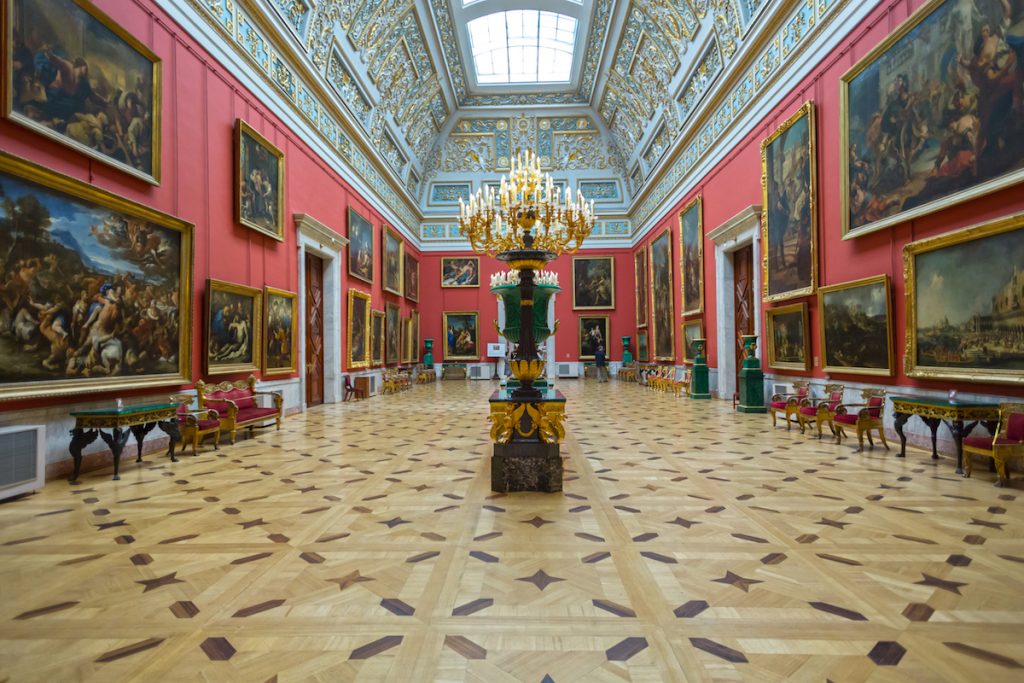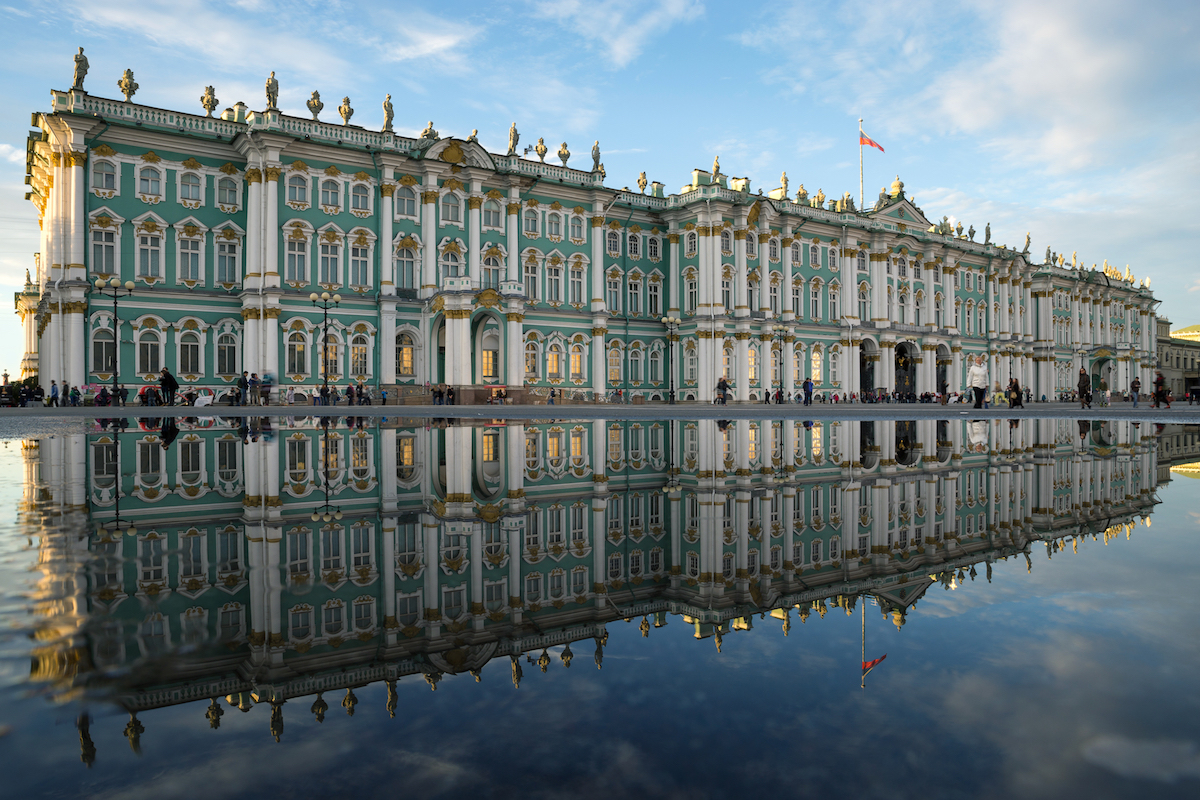Masters of Modern Art from the Hermitage has opened in Sydney, and what a treat it is.
Brought from the State Hermitage Museum in St Petersburg, this exhibition draws heavily on the collections built by art lovers Sergey Shchukin and Ivan Morozov, who built their artistic holdings in the early 20th century. Both were part of the recently established merchant elite, having made their vast fortunes in the textile industry.
The exhibition’s focus on the collections of these two men brings out the romance of the bohemian Paris of the 1900s and conjures up the image of these painters drinking absinthe in the cafes as they sold their works to only a few forward thinking buyers.
For Shchukin, this collection comprised Gauguin, Kandinsky, Picasso, and Matisse as the stars of his collection and as great examples of his taste. Monet is also featured alongside Van Gogh and Degas. When Shchukin was collecting, the paintings he picked were not only adventurous for European buyers but for a Russian they were even more courageous. He amassed 258 paintings to decorate the walls of his palatial Moscow home – including 13 Monet, three Renoir, eight Cezanne, four Van Gogh, 16 Gauguin, and seven Rousseau.
Shchukin met the young Henri Matisse in 1906, and over the following eight years bought 37 of his best paintings. He also commissioned several large scale pieces which would later become his most famous – being Dance and Music.

Interior of Hermitage Museum. Image by Dreamer Company via Shutterstock.
According to Matisse, speaking of these works, “It took some nerve to paint in this manner and it took some nerve to buy it”.
In 1907 Shchukin opened his home to the public on Sundays, attracting and inspiring a new generation of Russian artists.
Jewish collector Ivan Morozov began his collection to furnish his own magnificent villa and frequented many of the same places in Paris as Shchukin. Morozov’s taste was slightly less adventurous than his contemporary but he collected the best works he could.
Morozov bought Cezanne, Sisley, Monet, Pissarro, Renoir, Signac, Bonnard, Matisse, Vuillard, and Picasso. The crown of his collection was 17 works by Cezanne.
Both collections were confiscated by the state following the 1917 revolution, and the owners and their families fled Russia. In the 1930s both collections were divided between the Pushkin Museum in Moscow and the Hermitage in Leningrad. They vanished from sight through Stalin’s rule but in the 1960s they gradually reappeared.
Kandinsky was an interesting inclusion in this collection. While he is Russian, he moved to Paris via Germany where he absorbed many of the avant-garde ideas of fauvism, Cubism and futurism and then developed his own interpretation. His paintings in the exhibition mark his journey to the unique style he is best known for.
This exhibition starts by giving context to the collection by showing pictures of the Hermitage, its imposing size, the grandeur of his rooms, and its walls filled with art. The State Hermitage Museum today comprises the Winter Palace of Catherine the Great combined with the Small Hermitage, Old Hermitage, New Hermitage, and Hermitage Theatre.
Masters of Modern Art is curated from the French avant-garde artists, many that had been acquired from Shchukin and Morozov.
Highlights of the exhibition for me were the Matisse “Dance” and “Music” and “Nudes”- the boldness of the colours, and the rude renderings of the subjects are elements that seem to grow on the viewer.
Gauguin’s “Te avae no Maria” – the month of Mary – from his Tahitian paintings is a stunner – the colour, the lightness of his paint, the absolute capturing of the virgin innocence and spiritual background puts this at the top of the exhibits for me. Monet’s “Poppy field” is somewhat different from the Water Lillies we are perhaps more familiar with but perhaps no less appealing with the delicate colour blending typical of his work.
This collection is a bright journey into some of the 20th century’s best art – it is a great tribute to two smart and savvy collectors, and it is a great preview of one of the world’s premier galleries.


